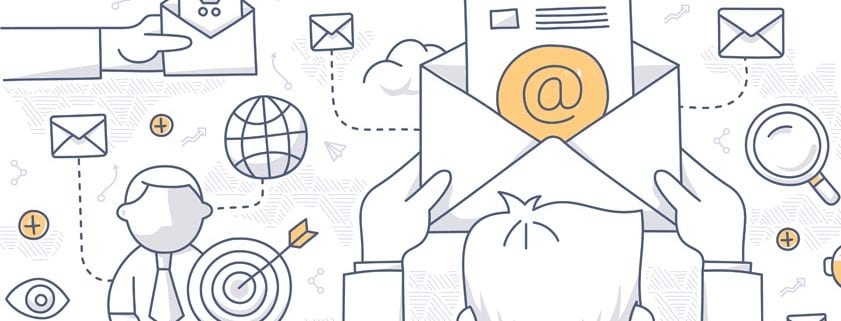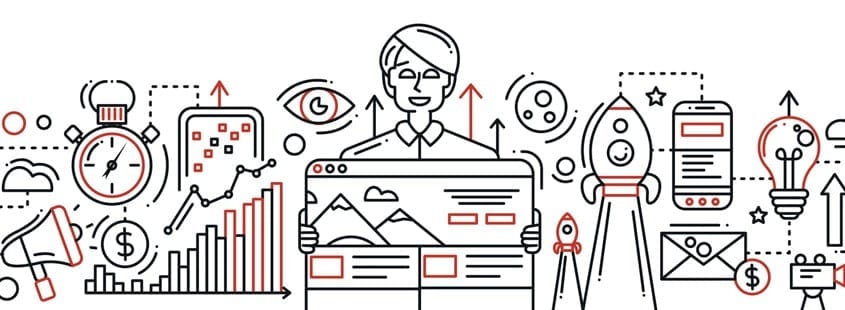
How To Nurture Marketing Qualified Leads Into Sales Qualified Leads
Inbound marketing consistently helps organizations generate qualified leads. But if your company cannot convert these leads into customers, the leads you generated will go to waste. This can be frustrating, so here are some strategies you should add to marketing plan to convert your leads into sales:
1. Define your qualified lead
Develop criteria for what you consider a qualified lead. By definition, a marketing qualified lead (MQL) is the lead with the highest probability of being a customer compared to the rest. Identify those that are more qualified than others for conversion. Qualification criteria can include: titles, responsibilities, urgency, etc. Using analytics and intelligence, here is how to narrow your leads down:
- Define your buyer profile:
- Ask yourself who is most likely to buy your product.
- Identify actions that indicate interest:
- Analyze patterns in the kind of actions visitors demonstrate when on your site
- Revisit your criteria periodically to reflect market dynamics for better focus and effectiveness
[Read How Closed-Loop Marketing Helps Convert Leads To Customers]
2. Gather information to qualify your leads
At this point, assign your team responsibilities accordingly to nurture marketing qualified leads into sales qualified leads. Consider the following questions:
- What’s the company size and industry of your lead?
- Knowing the name of your lead’s company isn’t enough
- What problem is your lead trying to solve?
- If you know this, you can provide them with the solution they’re looking for
- Do your leads have the authority and power/budget to buy?
- Focus on those with ability and authority to generate more sales conversions.
- When are they likely to buy?
- By using analytical tools, you can tell whether a visitor to your site has a history of buying. You can also determine their consistency by calculating the time interval between their purchases
- What are your lead’s other buying decision influencers?
- This is information yoru lead need before they commit to buy.
To gather all this information, you will need the help of sales people or telemarketers in what is known as human-to-human lead qualification
3. Use the information effectively
Your marketing department should use the information obtained to nurture and close sales qualified leads. If you succeed in maximizing on the information you gathered, you will not only have sales and revenue but also reduced operational costs, as you will use less resources to obtain customers. The most effective way to nurture is to get as personal as possible with the help of tools like email marketing, telephone calls, one-on-one conversations, etc. Segment your target by their interests to generate results.
Now that your sales qualified leads have matured into sales, you can choose to close the sales over the phone or personally, depending on how complicated your product or service is. Set up all relevant appointments if necessary, and ensure your customers feel appreciated.












